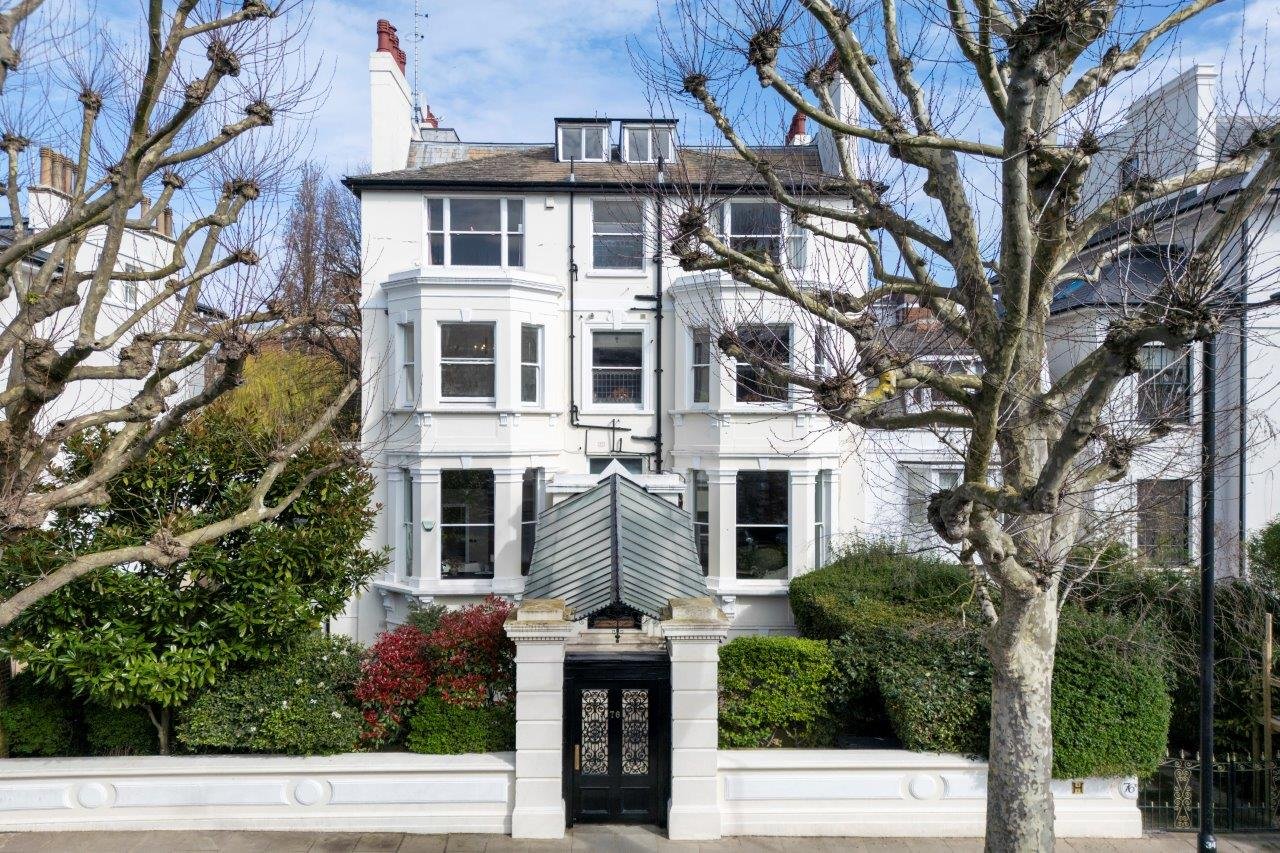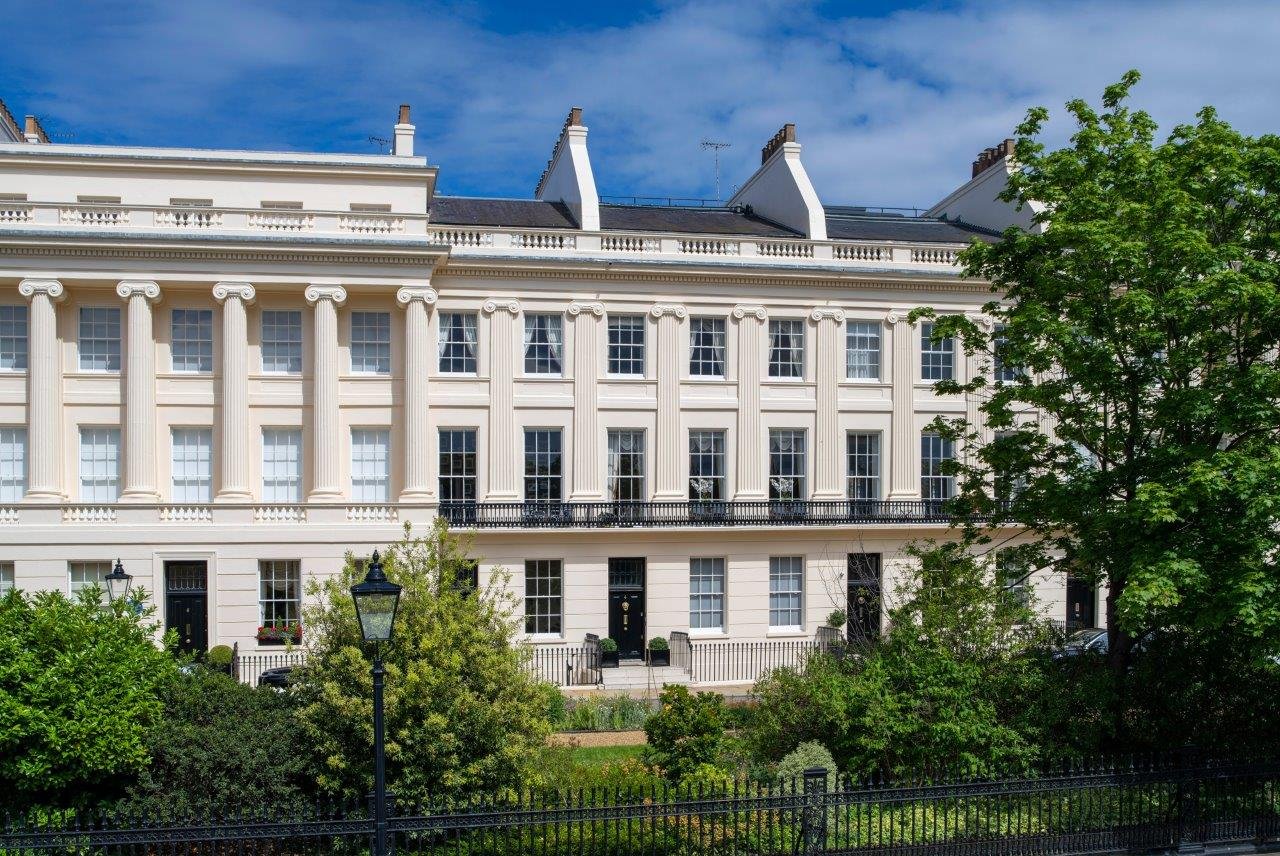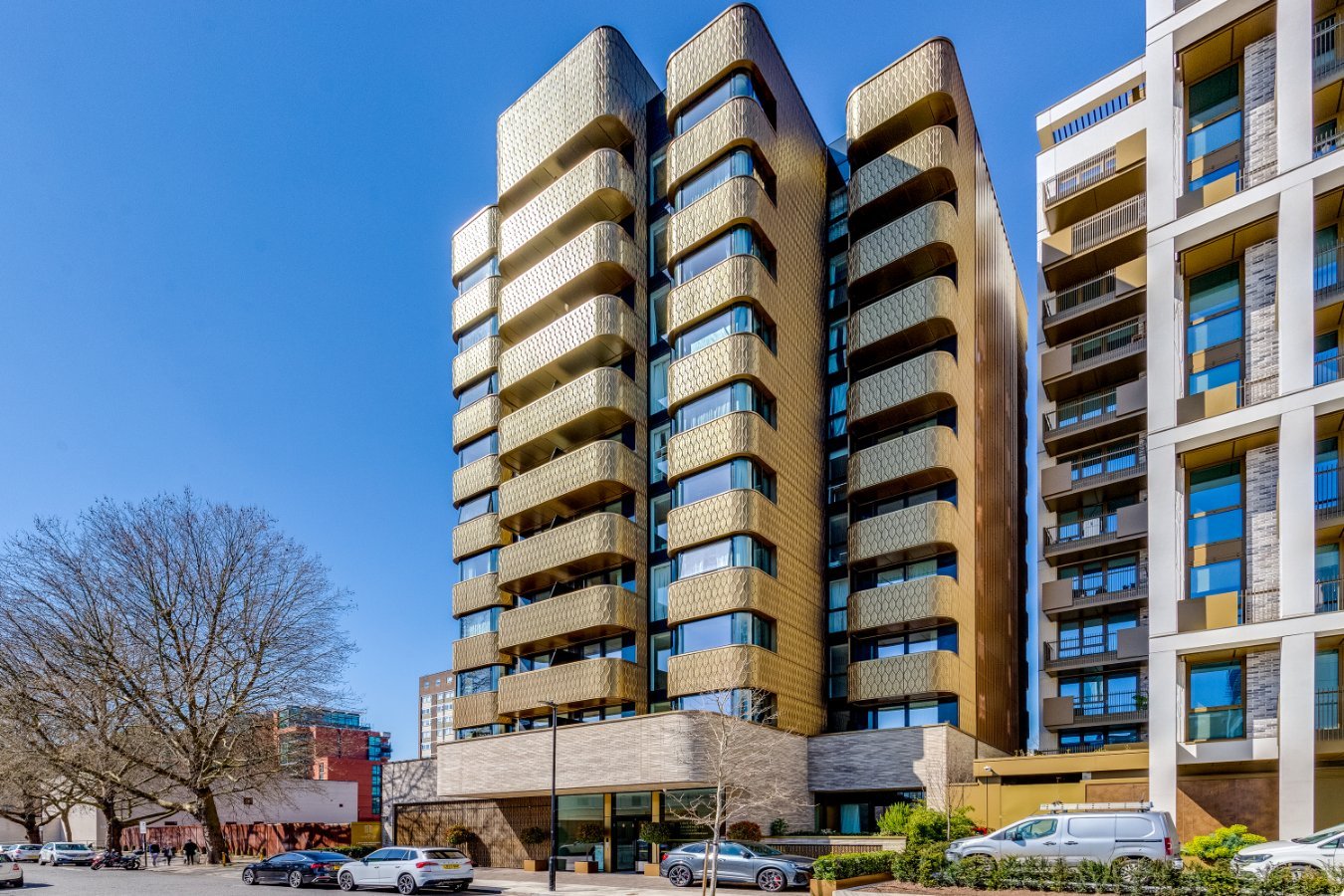Hamilton Terrace: Where Victorian Splendour Meets St John’s Wood Elegance
Read MoreThe ‘father of science fiction’ lived at this ‘one of a kind’ Nash residence on Hanover Terrace from 1933 up until his death in 1946.
A very notable blue plaque home in Regent’s Park has come up for sale at just under £14m.
The Grade l listed Nash residence on Hanover Terrace was the home of author H.G. Wells from 1933 up until his death in 1946, and is “one of a kind” according to agents Aston Chase.
Click here to view the full article: The Grade I Listed Regent’s Park property seeks £13m.




